Introduction
As environmental sustainability becomes a priority worldwide, Pulp Egg Tray Machines have surged in demand due to their eco-friendly packaging capabilities. These machines manufacture biodegradable egg trays from recycled paper pulp, offering an effective alternative to plastic packaging.
For businesses looking to invest in pulp egg tray machines, understanding the pricing dynamics is crucial. The Pulp Egg Tray Machine Price depends on multiple factors such as machine capacity, automation level, brand, and technical features. This article provides an in-depth overview of pulp egg tray machines, focusing on their pricing while covering essential parameters, features, advantages, application scenarios, usage guidance, and frequently asked questions (FAQs). The aim is to help buyers make informed decisions and optimize their investments.
Understanding Pulp Egg Tray Machine Price
The price of a pulp egg tray machine varies widely, influenced by several key factors:
1. Machine Capacity
Machines with higher production capacities (pieces per hour) generally cost more.
Small-capacity machines (e.g., 1000-2000 pcs/h) are more affordable, suitable for startups.
Large-capacity machines (5000-10,000+ pcs/h) demand higher investment but offer greater productivity.
2. Automation Level
3. Drying System
Machines with integrated hot air or steam drying systems are priced higher than those relying on manual or solar drying.
Efficient drying systems can increase operational costs but improve product quality.
4. Brand and Quality
5. Technical Features
Machines with PLC control, touchscreen interfaces, energy-saving technology, and mold versatility come at premium prices.
Basic machines with simple controls are more budget-friendly.
6. Raw Material Handling and Mold Options
Typical Price Ranges
Small Semi-Automatic | 1000 - 2000 | $5,000 - $10,000 |
Medium Semi-Automatic | 3000 - 5000 | $10,000 - $25,000 |
Fully Automatic | 5000 - 10,000+ | $25,000 - $70,000+ |
Industrial High Capacity | 10,000+ | $70,000 and above |
Key Parameters of Pulp Egg Tray Machines
To evaluate price versus value, understanding technical specifications is critical.
1. Production Capacity
Number of trays produced per hour.
Machines range from small-scale (1000 pcs/h) to industrial scale (over 10,000 pcs/h).
2. Mold Cavities
Number of cavities determines simultaneous tray production.
Typical cavities: 12, 18, 24, 30, or customizable.
3. Power Consumption
4. Machine Dimensions
5. Drying Method
6. Automation Features
Features of Pulp Egg Tray Machines
1. Vacuum Molding Technology
2. Interchangeable Molds
3. Energy Efficiency
4. User-Friendly Control Systems
5. Robust Construction
6. Automatic Pulp Feeding
Advantages of Investing in Pulp Egg Tray Machines
1. Eco-Friendly Packaging
2. Cost Savings
3. Scalable Production
4. High Product Quality
5. Operational Simplicity
Application Scenarios
1. Poultry Farms
2. Packaging Manufacturers
3. Agricultural Packaging
4. Industrial Packaging
5. Recycling Plants
How to Use a Pulp Egg Tray Machine
Step 1: Prepare Raw Materials
Step 2: Produce Pulp Slurry
Step 3: Load Slurry
Step 4: Set Parameters
Step 5: Molding and Drying
Step 6: Unload and Stack
Step 7: Maintenance
Maintenance Tips
Clean molds daily.
Replace vacuum pump oil regularly.
Inspect electrical systems.
Keep drying units clean.
Promptly replace worn parts.
Frequently Asked Questions (FAQs)
Q1: What affects pulp egg tray machine price most?
Capacity, automation, drying system, and brand reputation.
Q2: Can I buy a used machine?
Yes, but consider condition, maintenance history, and support availability.
Q3: How long is delivery time?
Typically 1-3 months depending on model and customization.
Q4: What after-sales support is offered?
Installation, training, spare parts supply, and technical support.
Q5: Are financing options available?
Some manufacturers offer leasing or installment plans.
Q6: How much raw material is needed per tray?
Depends on tray size; approximately 20-30 grams of paper per tray.
Q7: What power source is required?
Usually 220V or 380V electrical supply.
Q8: Can the machine make other pulp products?
Yes, with mold changes, can produce fruit trays, seedling trays, etc.
Q9: Is operator training provided?
Most suppliers offer training during installation.
Q10: What warranty terms apply?
Varies by manufacturer, typically 1-2 years.
Conclusion
Investing in a Pulp Egg Tray Machine is a strategic move toward sustainable packaging. Understanding machine pricing relative to features, capacity, and quality enables businesses to select the ideal equipment tailored to their production goals.
By considering factors such as automation, drying systems, and brand reliability, buyers can balance initial investment with long-term benefits like cost savings, eco-friendliness, and scalability.
Whether launching a startup or expanding industrial production, knowing pulp egg tray machine prices and associated parameters helps you make informed, cost-effective decisions that align with both business and environmental goals.
Company Profile
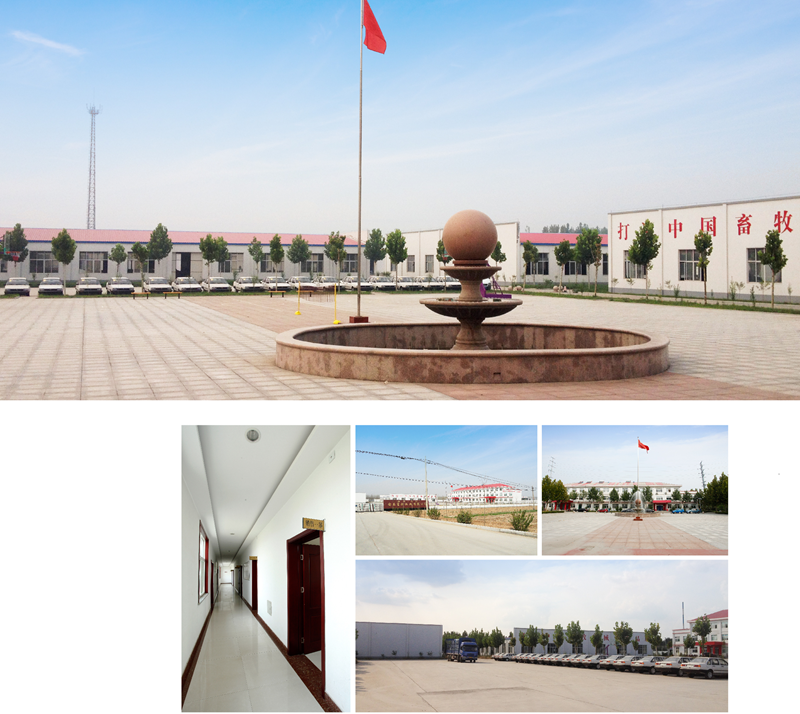
Shandong Huimin Qinle Livestock Machinery Co., Ltd. (formerly Shandong Huimin Qinle Livestock Machinery Factory) is a professional poultry equipment manufacturer with over 20 years of experience. We offer a comprehensive service package, from design (land and chicken coops), production (equipment and prefabricated steel coops), installation, commissioning, customer training, and after-sales service.
Located in Huimin County, Binzhou City, Shandong Province, China, the company has extensive experience in mechanical processing and manufacturing, as well as livestock machinery production and operation. With fixed assets of RMB 15 million, the company employs 160 people, including 30 R&D staff, and occupies a 40,000-square-meter factory. Equipped with over 110 pieces of advanced precision production equipment, including CNC machining centers and laser cutting machines, the company boasts a production capacity of RMB 50 million.
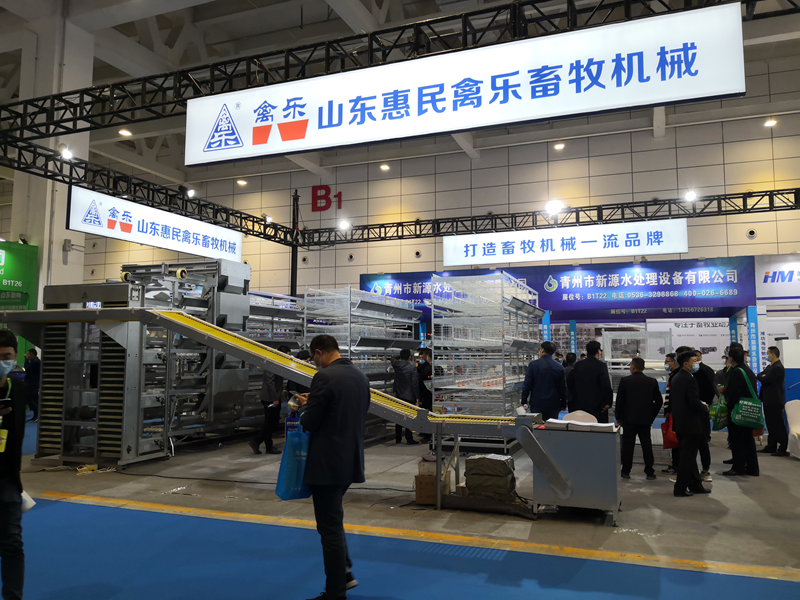


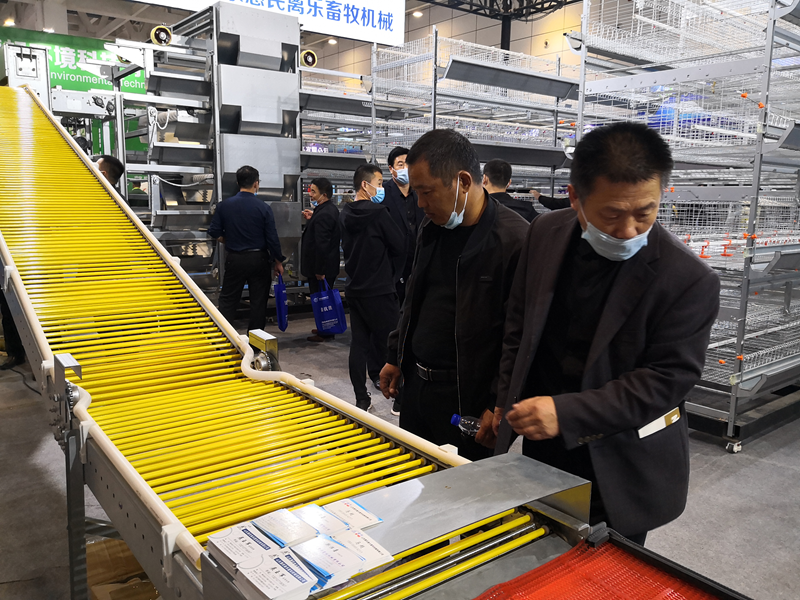
Chicken Farming Equipment Mesh Production Workshop

Machining Workshop

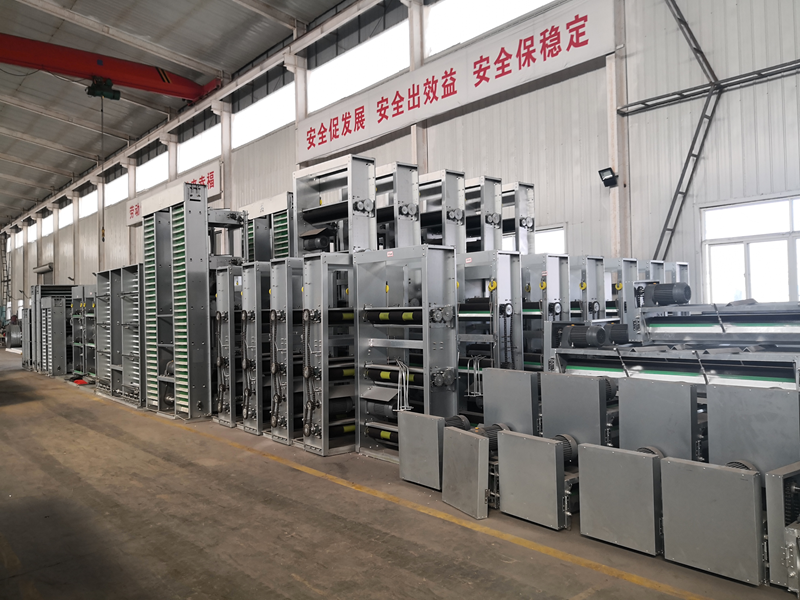
Turret-type CNC Punch Press, Laser Cutting and Other Machining Equipment



Fully Automated Roll Forming Production Line

Hot-dip Galvanizing Production Line

Electroplating Production Line

Environmental Protection Equipment

Chicken Farming Equipment Product Series
Egg-laying Hen Farming Equipment
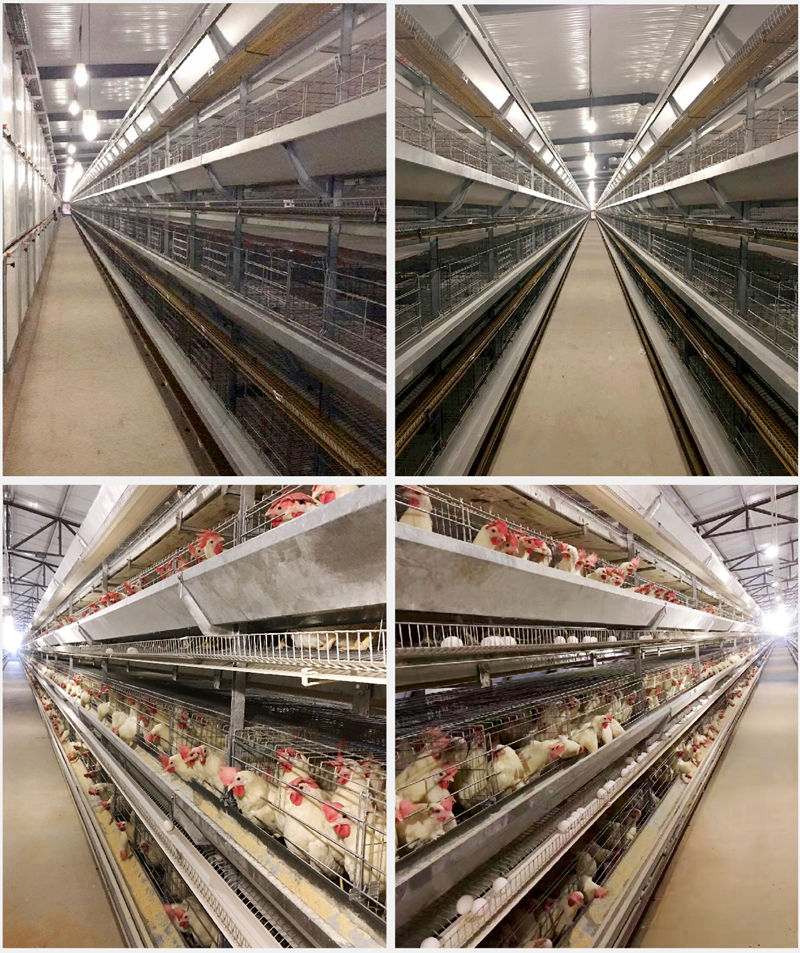
Stacked Brooding Cage Equipment

Stacked Broiler Cage Equipment
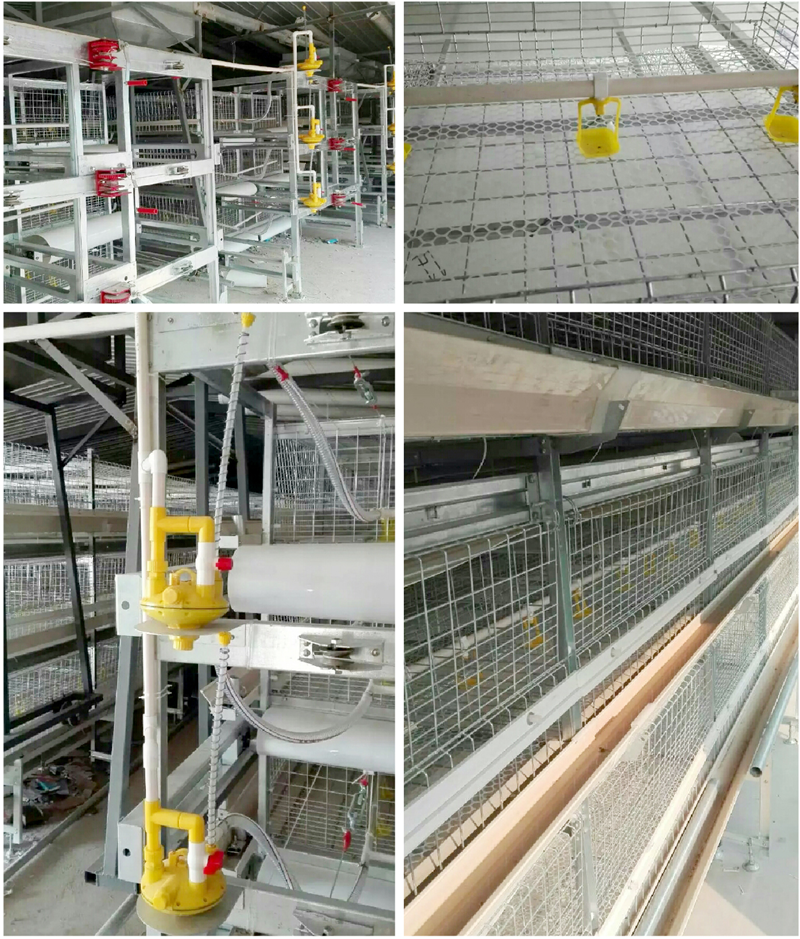
Stepped Layer Hen Cage Rearing Equipment
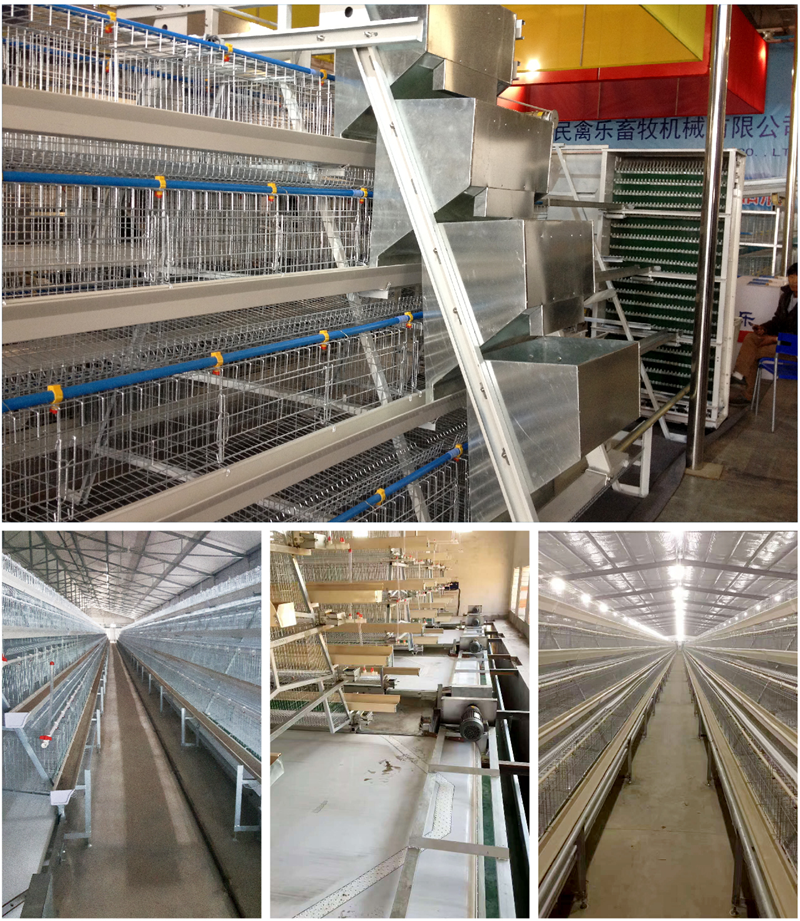
Automatic Egg Collection System

H-type Cage Feeding Machine
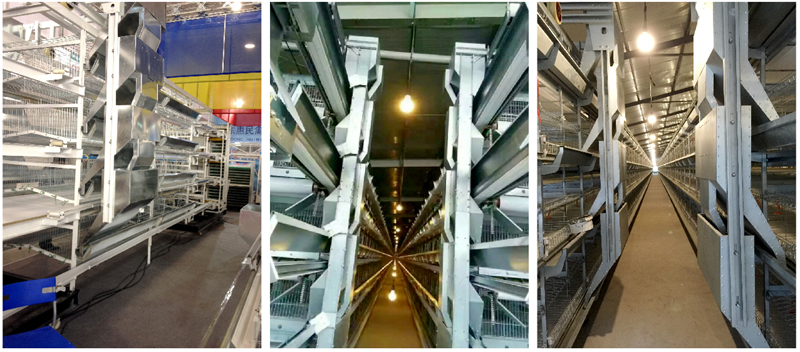
Stepped Cage Straddle Feeder
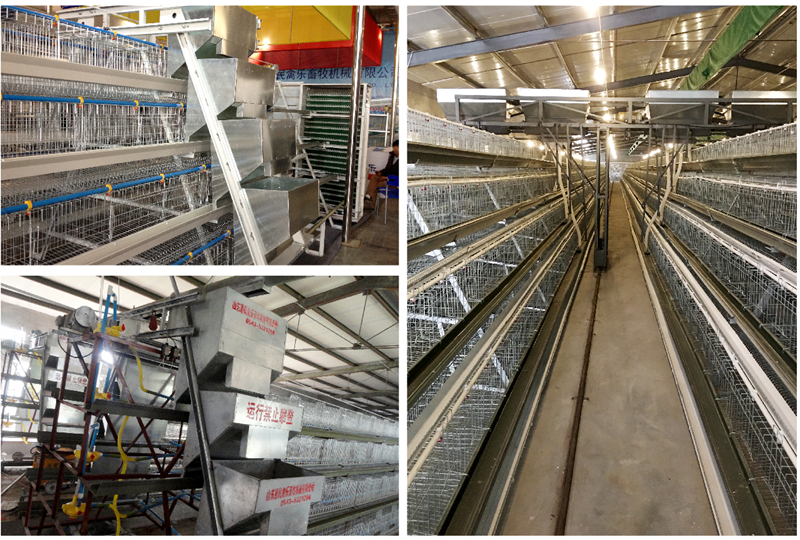
Manure Removal Machine

Fans, Heated Curtains, Environmental Control Systems, and Lighting Equipment
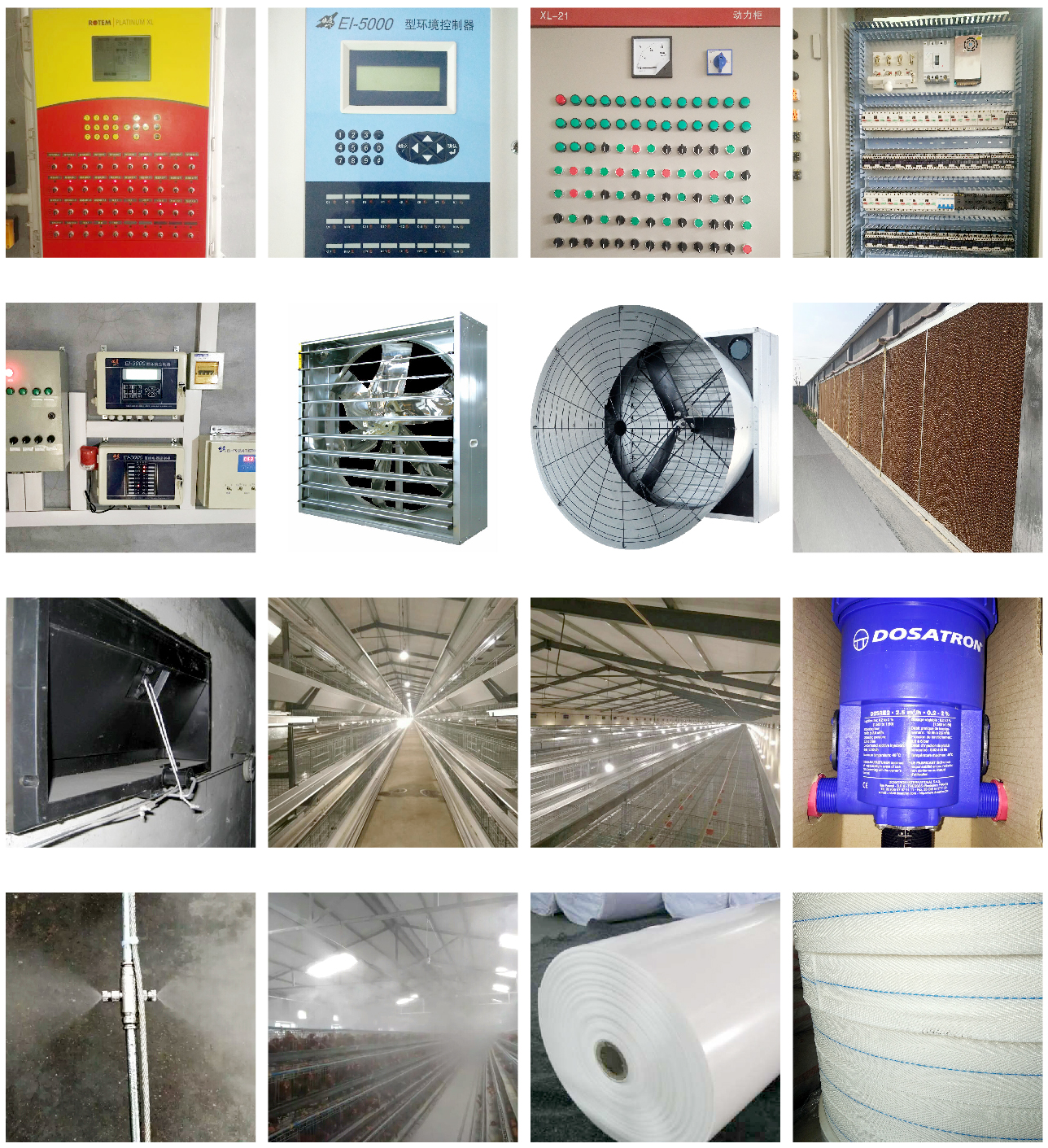
Complete Set of Equipment for Organic Fermentation Treatment of Manure


 Catalogue
Catalogue






























 Whatsapp
Whatsapp Telefon
Telefon